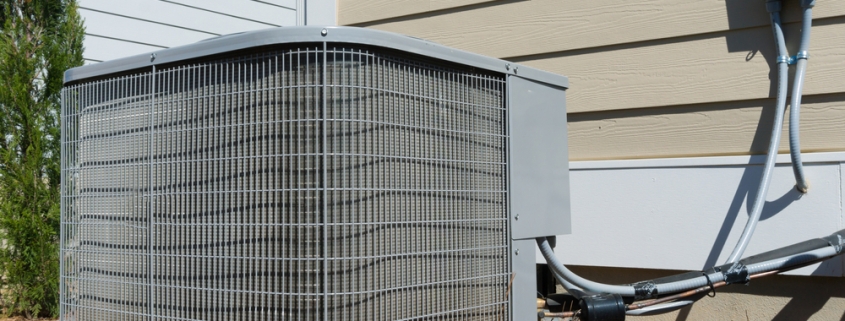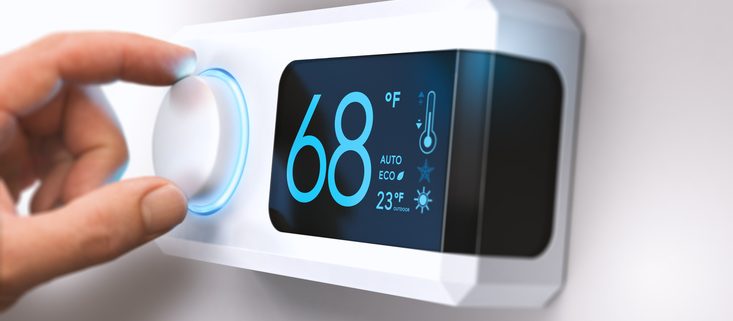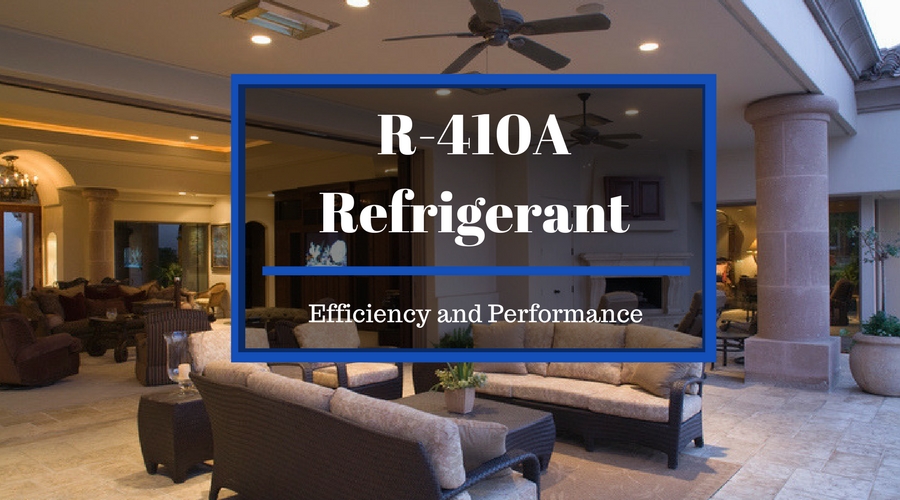The last thing anyone wants is for their air to go out as the temperatures climb into the 80s and beyond. However, that’s bound to happen if you ignore the warning signs that your air conditioner is on the fritz. Disregarding the situation can even put you and your family at risk if temperatures get too high or if there’s a poisonous refrigerant leak.
Here are some common indications that your air conditioner is on the brink of failure. Get these problems fixed now so you don’t find yourself out of luck on a hot summer day.
A Warm Breeze
Double-check that your air conditioner is set to “cool” and replace your thermostat batteries. If the issue persists, this could mean the refrigerant – the liquid that cools the air – is too low. Because R-22 (Freon) is particularly expensive and being phased out, you may be better off getting a new air conditioner than continuing to repair and refill a unit that leaks. In fact, Freon will be illegal starting January 1, 2020, so if your system still relies on it, you may want to replace it.1 Another issue could be a broken outdoor unit, which houses the compressor that pumps refrigerant into your home.
Poor Air Circulation
In some cases, your air won’t be hot or warm, but ever-so-slightly cool. You want instant relief on a hot day, not the HVAC equivalent of a hand fan! If checking the vents and changing the air filters doesn’t fix the issue, you may be dealing with a faulty compressor or fan.
Short Cycling
If your air is constantly clicking on and off, or if it feels like your unit never stays on long enough to cool the entire house, you could have a problem with your thermostat. A thermostat located directly in the sun or in a room far
from the center of your home may have trouble sensing your home’s true temperature. Short cycling is also caused by:
• Blocked air filters
• Lack of refrigerant
• Icy evaporator coils, and
• Electrical malfunction
Wonky Sounds
Any sounds other than the click of the air turning on and off and the fan whirring are a cause for concern. If you hear anything metallic, a part is most likely loose. Watch out for thudding, scraping or squealing. Some of the most common offenders are inadequate lubrication, a broken motor, a banged-up fan or a loose belt.
Funky Smells
Your air conditioner should not smell like anything other than clean air. If your unit is smelling like burning or gunpowder, the issue is likely electrical in nature. Your circuit board and wires could be fried or your fan motor might be malfunctioning. A dirty or musty smell, however faint, could mean moisture and mold is beginning to build up. Don’t ignore chemical smells or exhaust fumes either, as this could mean fluids are leaking within your HVAC system.
Pools of Liquid
There are two causes for pooled liquid around your A/C. The first is that the drain line, which allows moisture to escape your unit, is obstructed. Simply flush, patch or replace the line so condensate can flow freely again. Make sure no mold has built up in the damp area. The second is a refrigerant leak. This liquid is poisonous, and the leak should be repaired by a professional immediately for your safety.
Scary Utility Bills
It’s normal to see a bump in your electric bill come spring and summer, but it should not be astronomically high for your home or area. If you can’t explain why your bill is so high, that indicates your unit is having to run harder than it should to achieve the desired cooling effects. Try switching out your air filter and rinsing the condenser coils with a garden hose, spraying from the inside out. If these solutions don’t work, one or more parts may be fatigued or broken.
Impending Unit Death
Most A/C units only last 12 years, although yours may certainly last for longer if it’s well maintained.2 If your unit is at the end of its lifespan, getting a repair may just be postponing the inevitable. Consider replacement over repair if your unit continues breaking down or if the unit is 15 years or older. If you’re having trouble deciding, multiply the age of your unit by the repair cost. Proceed with repairs only if the answer is less than $5,000.3
Air Conditioner Repair in Greensboro, NC
We tend to have muggy summers here in North Carolina, and when they hit, you don’t want to find yourself trapped in a humid, overheated house. At Kay Heating & Air Conditioning, our team gives you upfront prices and guarantees the quality of replacement parts for a full two years after repair (refrigerant leaks not included). Call us at (336) 274-6323 today to schedule your service appointment.









